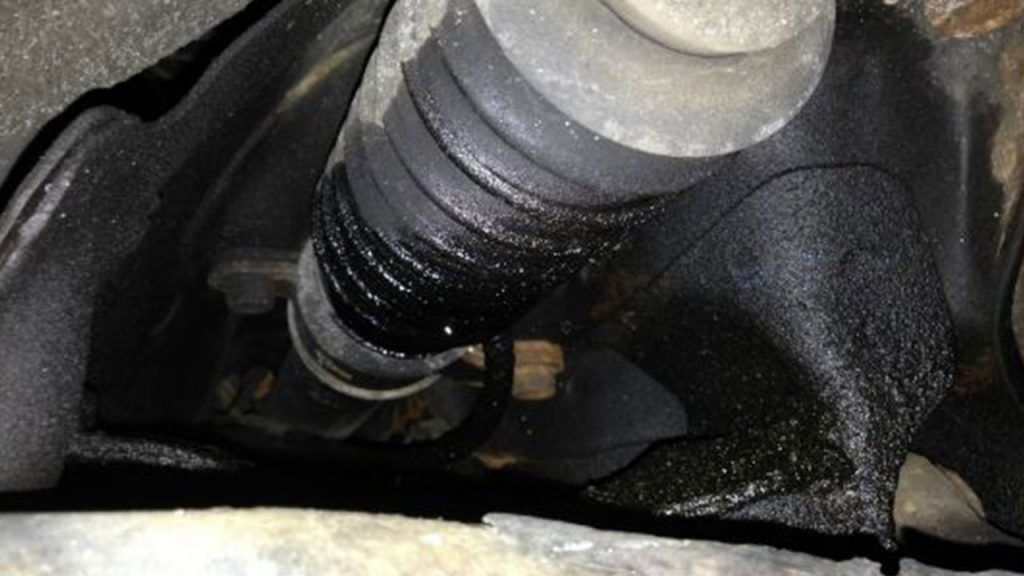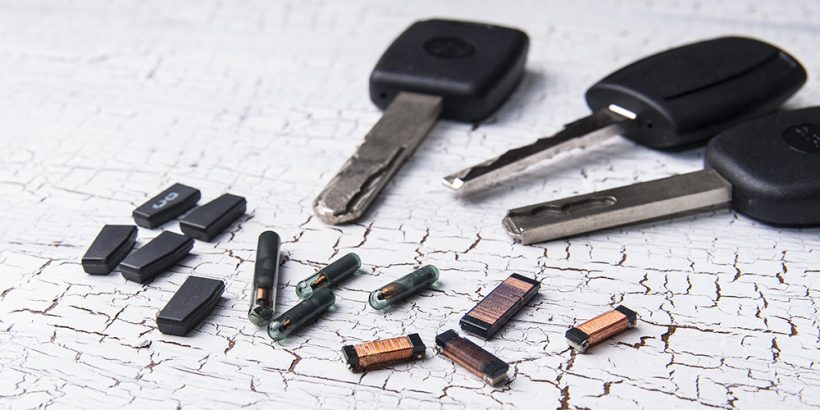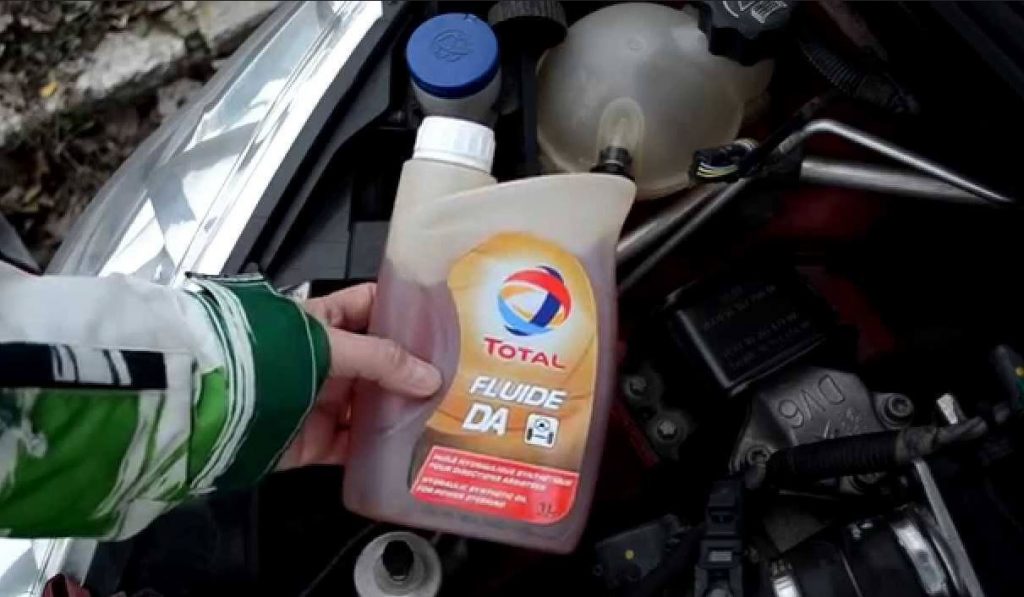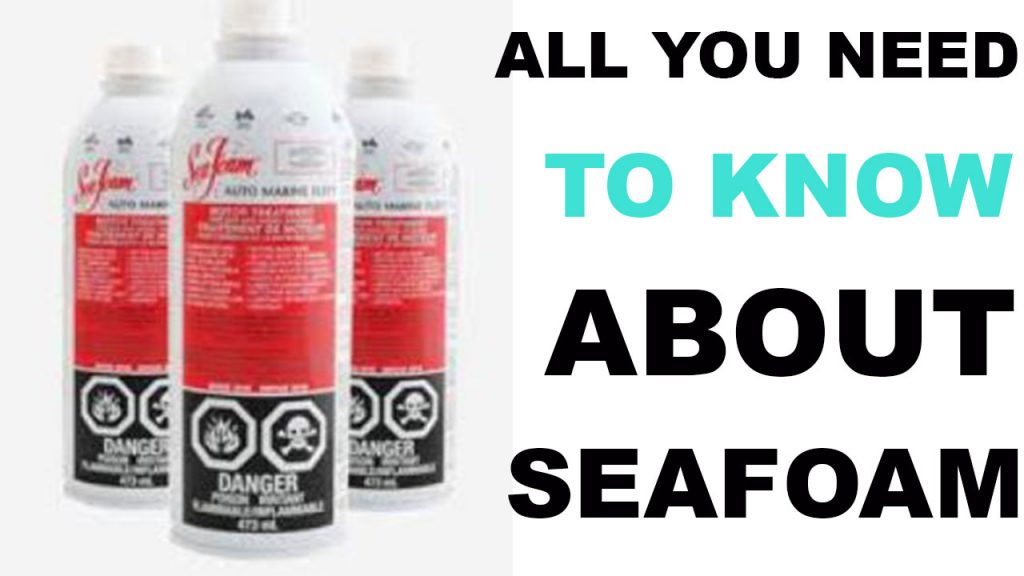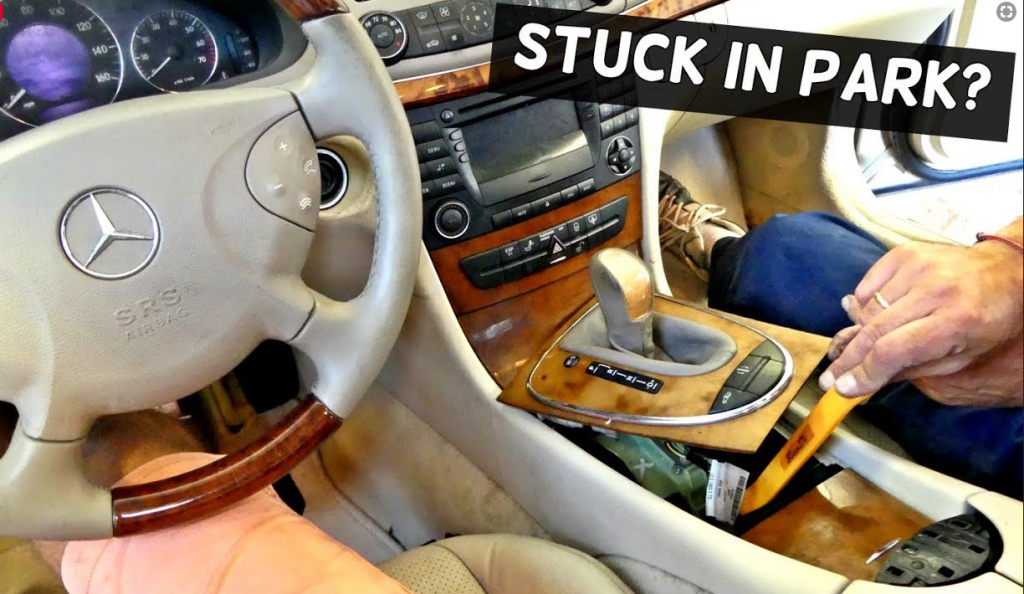Last updated on August 1st, 2023 at 08:00 am
Bad CV joints symptoms or symptoms of a bad cv joint, how to tell which cv joint is bad or if an CV Joint Is Bad and Can you tell when your CV joints are going bad? is what will consider in this article. The CV joints otherwise known as constant velocity joints is an important component in the car. It helps in transferring the torque from the transmission to the drive wheels at a steady speed, and still maintain the up-and-down motion (balance) of the suspension.
A good CV joints makes sure constant speed is maintained at the front wheels when making turns. The CV joints is meant to be perfect because it is a part of the steering wheel system. With good CV joints, you can turn at all directions seamlessly. There are inner and outer CV joints. Most often, these CV joints come in two forms. The ball-type and tripod-forms. The ball-type CV joints are basically used on the outer side of the drive shafts (outer CV joints), while the tripod-type CV joints are mostly used on the inner side (inner CV joints).
CV joints are heavily protected with grease. It is sealed with a rubber or CV boot. It does not get damaged easily and if in due course it is damaged, in most cases, the outer joints gets cracked which can be replaced.
Related Articles:
- Wheel Bearing Noise| is it safe to drive with a bad wheel bearing?
- Transmission Problems after CV Joint Replacement
Causes of CV joints problems.
CV joints is an essential part of a car that does not get worn out easily. It can only get damaged when the protective CV boot cracks or the seal is broken. When this happens, the grease will start leaking. It becomes damp and other wastes can get in thereby, causing the CVjoint to start losing its firmness and can later get damaged because there is no much lubrication and corrosion therein.
When the CV joints are getting worn out, there are signs it usually comes with. Some of the symptoms of bad CV joints include the following:
How To Tell If CV Joint Is Bad
Bad CV joints symptoms |Symptoms of a Bad cv Joint
- Grease leaking: This is a definite way to tell that the CV joints is bad. Grease coming out is one of the bad CV joints symptoms. Once grease starts coming out from that area, it means there is a crack which has affected the CV joints. If noticed on time, the damage won’t be much. But if the damage is overly much, you might see dark grease splashed on the inside of the wheel rim.
- An unusual noise/sound when taking a bend. Apart from seeing grease coming out, when you start hearing that annoying noise when you are trying to make a turn, you should know something is not okay. Unusual noise is a common bad CV joints symptoms. The noise happens because the outer CV joint clicks especially when you want to turn. Once you hear this sound, it is better you halt the car and check to be sure. If you continue and the noise keeps coming up, it shows the CV joints have been affected.
- Acceleration issue. Depending on how badly damaged the CV joint is, you may have acceleration issue. This happens when it is the inner CV joint that is getting worn out or damaged.
- Jerking or car vibrating. Vibrations can occur from other issues. It is one of the most common bad CV joints symptoms. When vibration happens, it will affect the car balance during rotation. In very extreme cases, when a car is vibrating due to a bad CV joint, you may find it difficult to drive your car.
Can you drive a car with a bad CV joint?
When your CV joints are okay, you can cut at any angle. When turning, you turn at ease because your car is balanced. Actually, you can drive a car with a bad or worn out CV joints. However, it is not recommended you do so. Apart from you worsening the situation, your life can be at risk Once you see any of the listed symptoms, it is better you fix the cause or replace the CV joints immediately.
Can CV joint be repaired?
There is no need repairing a worn out CV joint. Nevertheless, you can change the rubber or CV boot if that is the case or it may require you repacking the CV joints and pour fresh grease into it. After carrying out this action and things appear okay, then there won’t be need for you replacing the CV joints.
CV joints replacement costs: how much to replace cv joint?
CV joints cannot be repaired but replaced. But not in all cases that a CV joint replacement would be needed. Before you consider changing your CV joints, make sure you are certain that replacing the CV joints is the immediate solution to that problem. In situations, where it is just a crack on the CV boot, you can have the CV boot replaced without replacing the entire CV joints. If you are replacing the CV joints, the replacement costs can depend on factors such as the particular bad CV joints symptoms, the number of CV joints. It can be single or double. The replacement costs for double CV joints are more expensive.
To get your CV joints replaced, it can cost from $90-$350 depending on where you are buying and shipping from.
Conclusion on the bad cv joint symptoms
Driving on a bad CV joint is not the best. Bad CV joints symptoms are meant to spur you into action so as to avoid getting more parts damaged. In situations where you need to change only the CV boot, you can do so. But if it means you replacing your CV joints, it is crucial you replace it with the model it came with and seek for the service of a professional.
The replacement cost as stated here is subjected to change as it pertains to the current price in the exchange market. The replacement cost varies from counties to country. You should also consider the labour cost unless you want to fix it yourself (DIY)
Sometimes, the only bad CV joints symptoms you are likely to see is when your CV joints is producing that unusual sound. Therefore, it is important to turn off the AC and leave the windows down when driving especially, when you are trying to make a turn. This will enable you to hear when the CV joint is clicking.
What to Read Next:
- Causes & Solution of Car Vibrates When Accelerating at High Speeds, Low, Idling.
- Causes of Noise When Turning steering wheel while stationary





